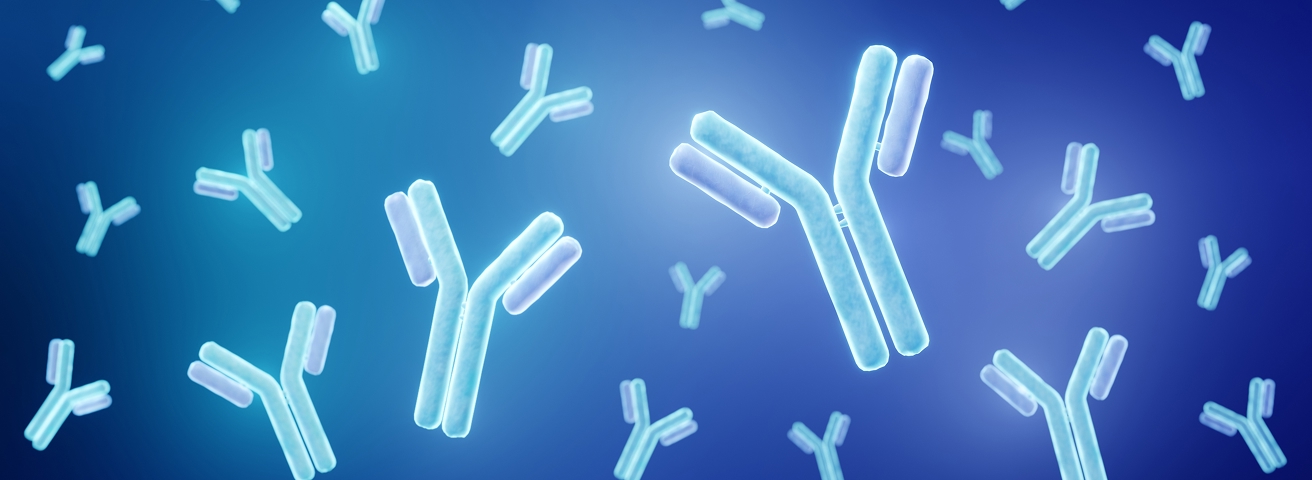Definition
Antibodies, also known as immunoglobulins (Ig), are Y-shaped proteins produced by B cells to identify and neutralize foreign substances like bacteria, viruses, or toxins. They recognize specific molecules called antigens on the surface of these pathogens, marking them for destruction or directly neutralizing them.
Structure of antibody
How are they produced?
Antibody production involves a complex process called the humoral immune response, primarily carried out by B cells (B lymphocytes). A series of steps are involved before functional antibodies are produced.
General steps involved in antibody production
1. Antigen Recognition
When a pathogen enters the body, dendritic cells or macrophages (antigen-presenting cells, APCs) engulf and break it down
2. Antigen Presentation
These APCs display the pathogen’s antigens on their surface via MHC-II molecules.
3. Activation of Helper T Cells
Helper T cells (CD4+ T cells) recognize the antigen-MHC-II complex and become activated.
They release cytokines (IL-4 and IL-5) that stimulate B cells.
4. B Cell Activation & Clonal Expansion
B cells with matching B cell receptors (BCRs) bind to the antigen.
With help from T cells, these B cells become activated and undergo clonal expansion, producing many identical copies.
5. Differentiation into Plasma Cells & Memory B Cells
Most activated B cells become plasma cells, which secrete large amounts of antibodies.
Some become memory B cells, providing long-term immunity by "remembering" the antigen for faster responses in future infections.
6. Antibody Production & Immune Response
Plasma cells mass-produce antibodies that circulate in the blood and lymphatic system.
Antibodies bind to antigens, marking pathogens for destruction by:
- Neutralization (blocking pathogens from entering cells)
- Opsonization (flagging for phagocytes)
- Complement activation (triggering inflammation and pathogen lysis)
- Agglutination (clumping pathogens for easier removal)
References
Janeway, C. A., Jr, Travers, P., Walport, M., & Shlomchik, M. J. (2001). The distribution and functions of immunoglobulin isotypes. Immunobiology - NCBI Bookshelf.
https://www.ncbi.nlm.nih.gov/books/NBK27162/
Neurath, M. F. (2014). Cytokines in inflammatory bowel disease. Nature Reviews. Immunology, 14(5), 329–342.
https://doi.org/10.1038/nri3661
Xie, A. J., Song, F., & Seo, S. (2014). An acousto-optic sensor based on resonance grating waveguide structure. Sensors and Actuators a Physical, 216, 364–369.
https://doi.org/10.1016/j.sna.2014.06.012

